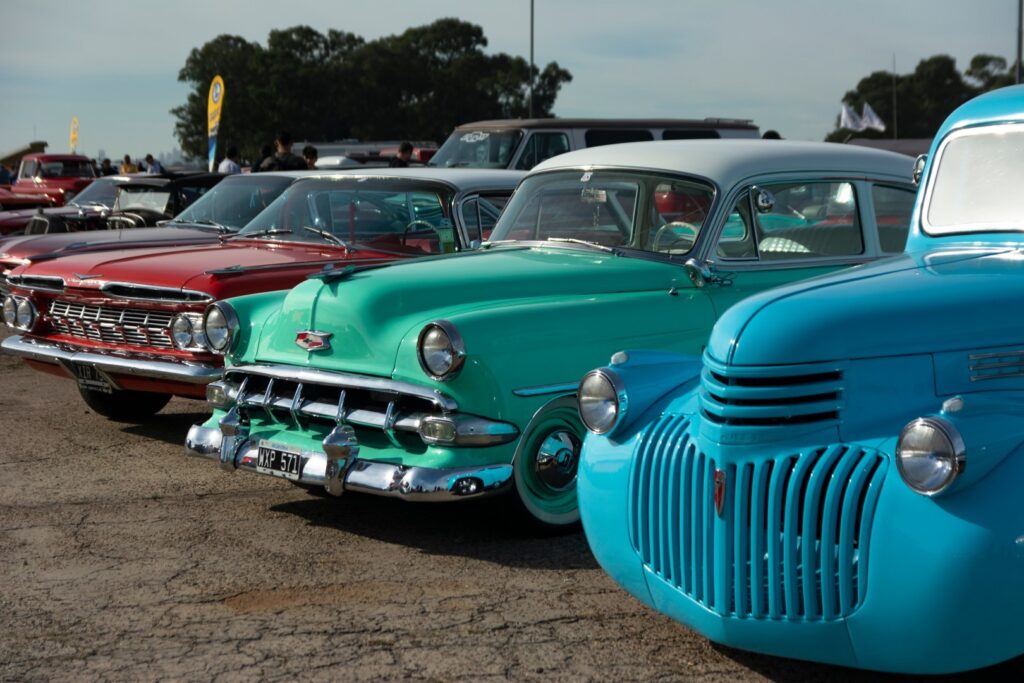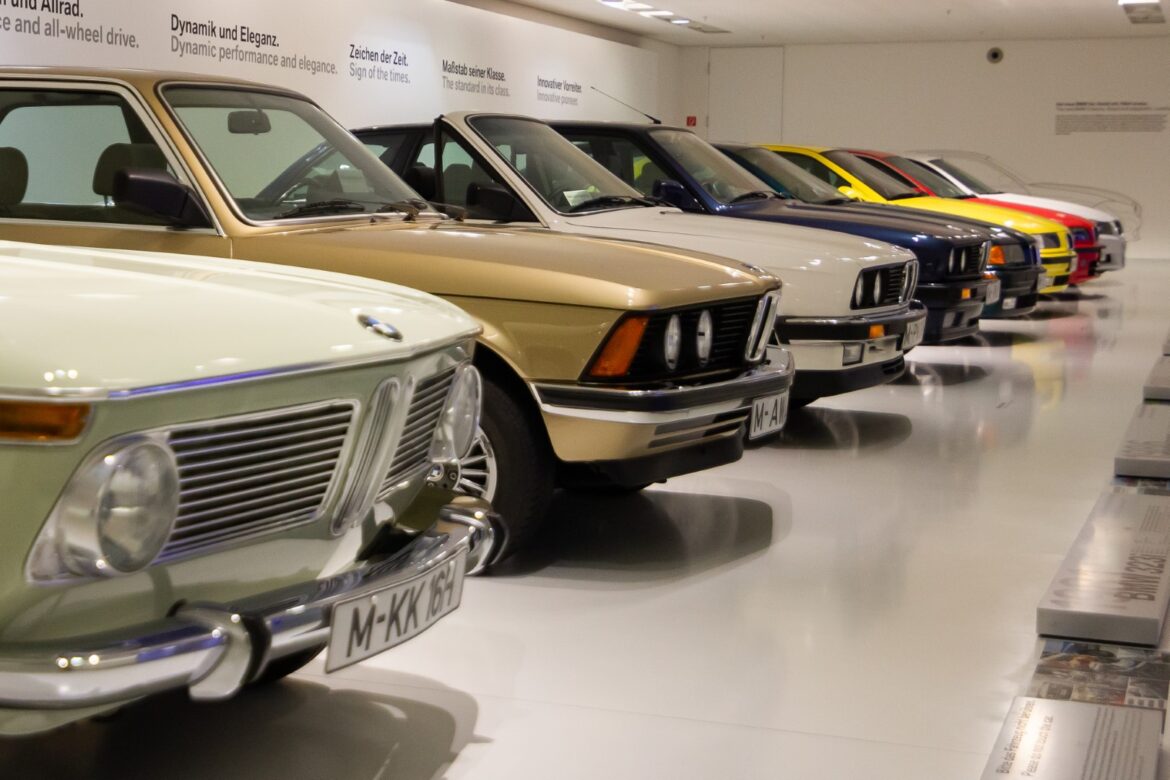The automobile is one of the most significant inventions in human history. The car has revolutionized transportation and has had a profound impact on society, the economy, and the environment. The automobile has come a long way since its inception, and its evolution has been a fascinating journey. In this blog post, we will take a look at the history of the automobile, from its origins to the present day.

The Early Days of the Automobile
The origins of the automobile can be traced back to the 18th century when steam-powered vehicles were first developed. In 1769, Nicolas-Joseph Cugnot, a French engineer, built the first steam-powered vehicle, a three-wheeled tractor that could move at a speed of 2.5 miles per hour. While the vehicle was slow and had limited maneuverability, it was a significant step forward in the development of the automobile.
Over the next few decades, steam-powered vehicles became more popular, with several inventors developing steam-powered cars and locomotives. However, steam-powered vehicles had several drawbacks, including their weight and the time it took to start and stop the steam engine. The development of the internal combustion engine in the 19th century revolutionized the automobile industry and paved the way for the modern automobile.
The Birth of the Internal Combustion Engine
The internal combustion engine was first developed by several inventors in the late 19th century. In 1860, Étienne Lenoir, a Belgian engineer, built a two-stroke internal combustion engine that used coal gas as fuel. In 1876, Nikolaus Otto, a German inventor, developed the four-stroke internal combustion engine that used gasoline as fuel. The four-stroke engine was more efficient than the two-stroke engine and became the standard for the automobile industry.
The First Automobiles
The first gasoline-powered automobile was built by Karl Benz, a German inventor, in 1885. Benz’s vehicle, the Benz Patent-Motorwagen, was a three-wheeled vehicle that could travel at a speed of 10 miles per hour. The Benz Patent-Motorwagen was the first automobile to be powered by an internal combustion engine, and it paved the way for the development of modern cars.
Around the same time, several other inventors were also working on developing automobiles. In 1886, Gottlieb Daimler and Wilhelm Maybach, two German engineers, built a four-wheeled vehicle with a four-stroke engine. The Daimler-Maybach automobile was more powerful and faster than Benz’s vehicle, and it marked a significant step forward in the development of the automobile.
The Early 20th Century
In the early 20th century, the automobile industry grew rapidly, with several manufacturers entering the market. In 1903, Henry Ford founded the Ford Motor Company, which revolutionized the automobile industry with the introduction of the assembly line production method. The assembly line made it possible to produce cars on a large scale, making them more affordable for the average person.
During this time, several new features were introduced in automobiles, including electric starters, hydraulic brakes, and four-wheel drives. These features made cars more comfortable, safer, and easier to drive, further increasing their popularity.
The Post-World War II Era
After World War II, the automobile industry experienced a boom as people started to embrace the automobile as a symbol of freedom and mobility. In the 1950s and 1960s, car manufacturers started to focus on producing larger, more luxurious cars with advanced features such as air conditioning and power steering.
In the 1970s, the oil crisis and environmental concerns led to a shift in the automobile industry. Car manufacturers started to focus on producing smaller, more fuel-efficient cars, and several new regulations were introduced to reduce emissions and improve fuel efficiency. This led to the development of new technologies such as hybrid and electric cars.

The Rise of Electric Cars
Electric cars are not a new concept. In fact, they were first introduced in the early 1900s, but the technology was not advanced enough, and gasoline-powered cars dominated the market. However, with the focus on reducing emissions and improving fuel efficiency, electric cars have gained popularity in recent years.
In 2008, Tesla Motors introduced the Tesla Roadster, the first highway-capable electric car with a range of over 200 miles per charge. Since then, electric cars have become more popular, and several manufacturers have introduced electric and hybrid cars to their lineups.
The Future of the Automobile
The automobile industry is constantly evolving, and new technologies are being developed to make cars safer, more efficient, and more environmentally friendly. Autonomous vehicles are the next frontier in the automobile industry, and several companies are working on developing self-driving cars.
The use of alternative fuels such as hydrogen and biofuels is also gaining traction, as they offer a more sustainable and environmentally friendly alternative to gasoline and diesel. It is clear that the future of the automobile industry is focused on sustainability, efficiency, and safety.
Conclusion
The history of the automobile is a fascinating journey that has transformed transportation and had a profound impact on society. From the steam-powered vehicles of the 18th century to the electric cars of the 21st century, the evolution of the automobile has been remarkable. As we look to the future, it is clear that the automobile industry will continue to innovate and develop new technologies to meet the needs of a changing world. Whether it’s electric cars, autonomous vehicles, or alternative fuels, the automobile industry is sure to continue its transformational impact on society for years to come.

